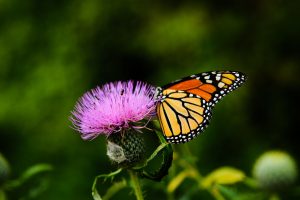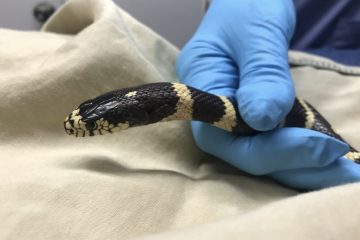Western Monarchs’ Resurgence Presents a Mystery

The 2021 annual Western Monarch Thanksgiving Count sponsored by the Xerces Society brought some surprising and welcome news: The West Coast monarch population seems to have rebounded from the frighteningly low numbers reported in 2020.
With only 2,000 overwintering monarchs counted in 2020, the iconic orange-and-black butterflies seemed headed for extirpation, doomed by a lethal combination of habitat loss, climate change, pesticide exposure, and shrinking quantities of milkweed, their host plant. (Without access to milkweed, the female monarchs won’t lay eggs because newly hatched larvae will have nothing to feed on.)
But 2021 count revealed something astonishing: almost 250,000 monarchs, with the largest concentrations around Santa Barbara. Although this is nowhere near the butterflies’ historic numbers of 10 million 30 years ago, it is still a dramatic improvement. Why the turnaround? Have humans’ efforts to provide more host plants and pesticide-free backyard habitats helped? Was there some environmental change that gave the monarchs a boost? Or did human activity curtailed by Covid restrictions play a role?
On Wednesday, June 8, at 7:00 p.m., butterfly educator Betina Loudermilk will discuss which factors may have spurred the butterflies’ miraculous recovery as part of the 2022 Conejo Open Space Foundation Speaker Series. She will also discuss her own 7-year effort to create a butterfly-friendly habitat on her property and offer information and tips for attendees who want to do the same.
You can register for the virtual summer Speaker Series event, “The Monarch Miracle,” at COSF’s website.. Although this is a free event, COSF encourages a $10 donation to support future Speaker Series presentations.





0 Comments